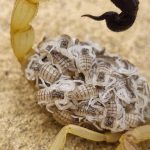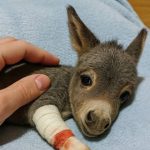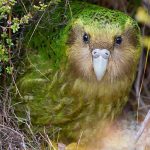The Jelly-Billed Wonders: A Peek Into the Hidden Lives of Baby Platypuses
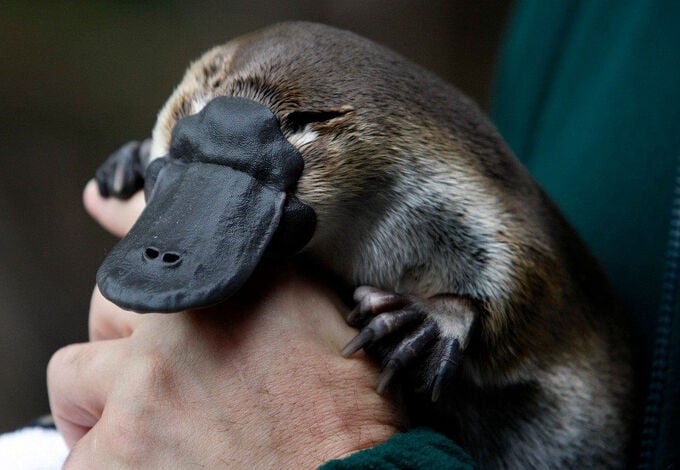
In the wild corners of Australia, where eucalyptus trees whisper to the wind and freshwater streams curl between rocks like silver ribbons, there lives a creature so strange, so rare, that most people have never seen one — especially not in its tiniest, most magical form.
Meet the baby platypus.
 It’s not a creature out of myth, although it certainly looks like one. With a body soft as pudding, a little rubbery duck bill, and limbs that look like they were stitched together by a child’s imagination, the baby platypus is nature’s answer to the question: “What happens when evolution decides to break all the rules… and make it cute?”
It’s not a creature out of myth, although it certainly looks like one. With a body soft as pudding, a little rubbery duck bill, and limbs that look like they were stitched together by a child’s imagination, the baby platypus is nature’s answer to the question: “What happens when evolution decides to break all the rules… and make it cute?”
They begin their lives deep inside nesting burrows — blind, furless, helpless. No larger than a jellybean, they are born from eggs, making their mothers part of a very exclusive club: mammals that lay eggs. Only the platypus and the echidna share this bizarre biological badge. It’s an evolutionary echo from millions of years ago, carried proudly by this peculiar little species as they quietly thrive in secret.
For the first few weeks of life, baby platypuses never leave the burrow. They nurse from milk that seeps from patches of skin on their mother’s belly—because, in true platypus fashion, she doesn’t have nipples. They grow slowly, absorbing the quiet rhythms of the world through vibrations, scents, and the occasional splash of water.
 Even in Australia, the land of the unusual, baby platypuses are rarely seen. Scientists themselves have only managed to capture fleeting glimpses. Most images of them come not from the wild, but from rescue centers, research facilities, and the occasional miracle of motion-sensor cameras near remote riverbanks.
Even in Australia, the land of the unusual, baby platypuses are rarely seen. Scientists themselves have only managed to capture fleeting glimpses. Most images of them come not from the wild, but from rescue centers, research facilities, and the occasional miracle of motion-sensor cameras near remote riverbanks.
But their rarity only adds to their wonder.
As they grow, they take on more familiar features: the webbed feet, the waterproof fur, the iconic duck-like bill fitted with electrosensory receptors that can detect the faintest twitch of muscle in the water. They begin to swim, awkward at first, then sleek and graceful like nature’s submarines. They play in streams, forage with their sensitive bills, and vanish like shadows before dawn.
To see one in person — especially as a baby — is to witness a living contradiction: a mammal that lays eggs, has no stomach, hunts with electricity, glows under ultraviolet light, and still somehow looks like a stuffed toy that came to life.
And yet, they are real. Vulnerable. Precious.
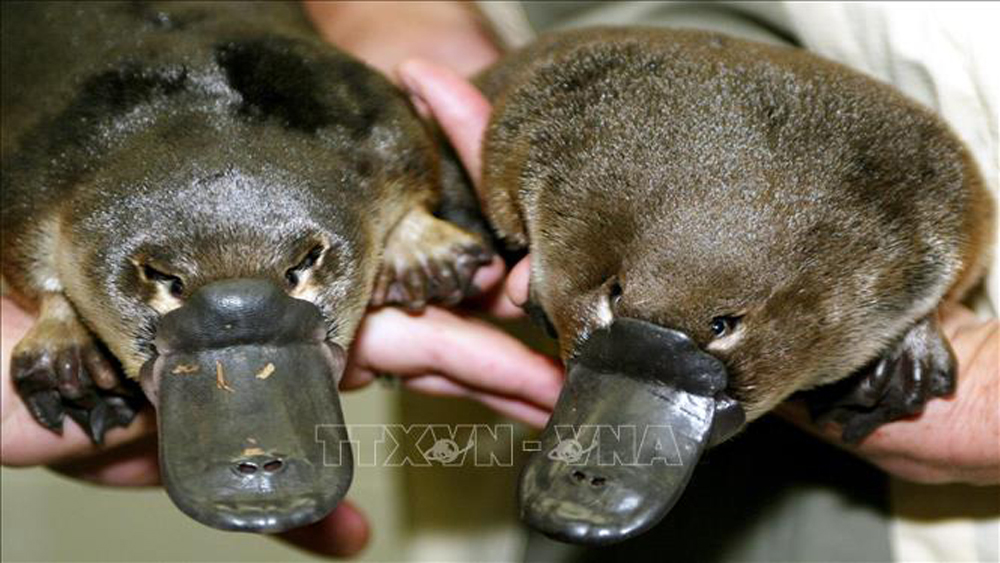 With habitats shrinking, rivers warming, and pollution creeping into the wild, the platypus — especially in its earliest days — faces mounting threats. Their populations are declining, and conservationists are racing to study and protect them before their mystery becomes only memory.
With habitats shrinking, rivers warming, and pollution creeping into the wild, the platypus — especially in its earliest days — faces mounting threats. Their populations are declining, and conservationists are racing to study and protect them before their mystery becomes only memory.
Because in a world that grows louder and more predictable, the baby platypus reminds us of something rare: that nature still holds secrets. That not everything has to make sense to be worth saving. That the odd, the wrinkled, the jelly-soft and wide-billed creatures have just as much right to exist as any lion, eagle, or elephant.
 So let’s speak for them. Let’s protect the burrows we’ll never see, the babies we may never hold, and the strange, beautiful design of life that dares to be different.
So let’s speak for them. Let’s protect the burrows we’ll never see, the babies we may never hold, and the strange, beautiful design of life that dares to be different.
Because sometimes, the rarest things on Earth don’t roar.
They wriggle, squint, and squeak… wrapped in the softest armor of all: wonder. 🦆💚


